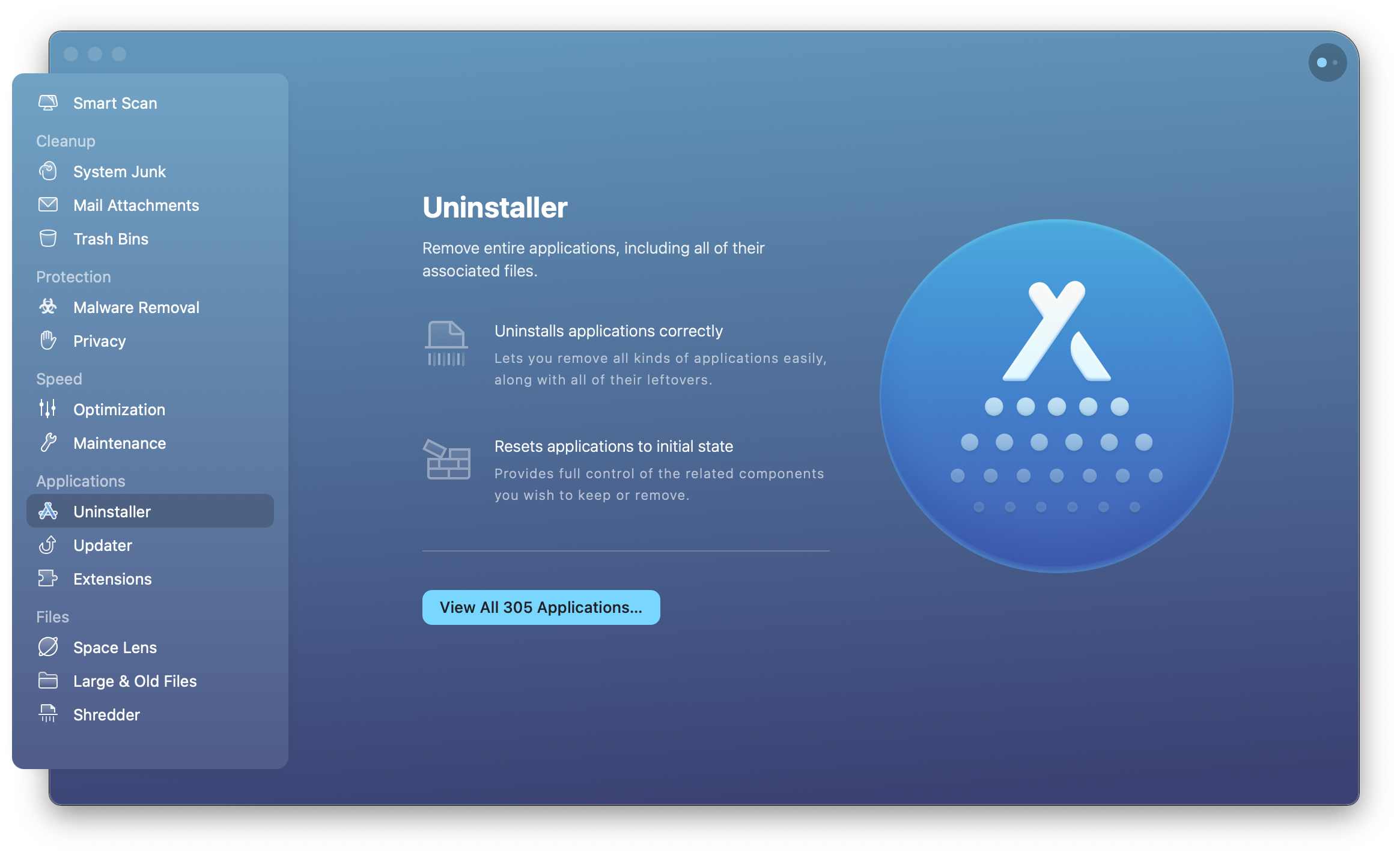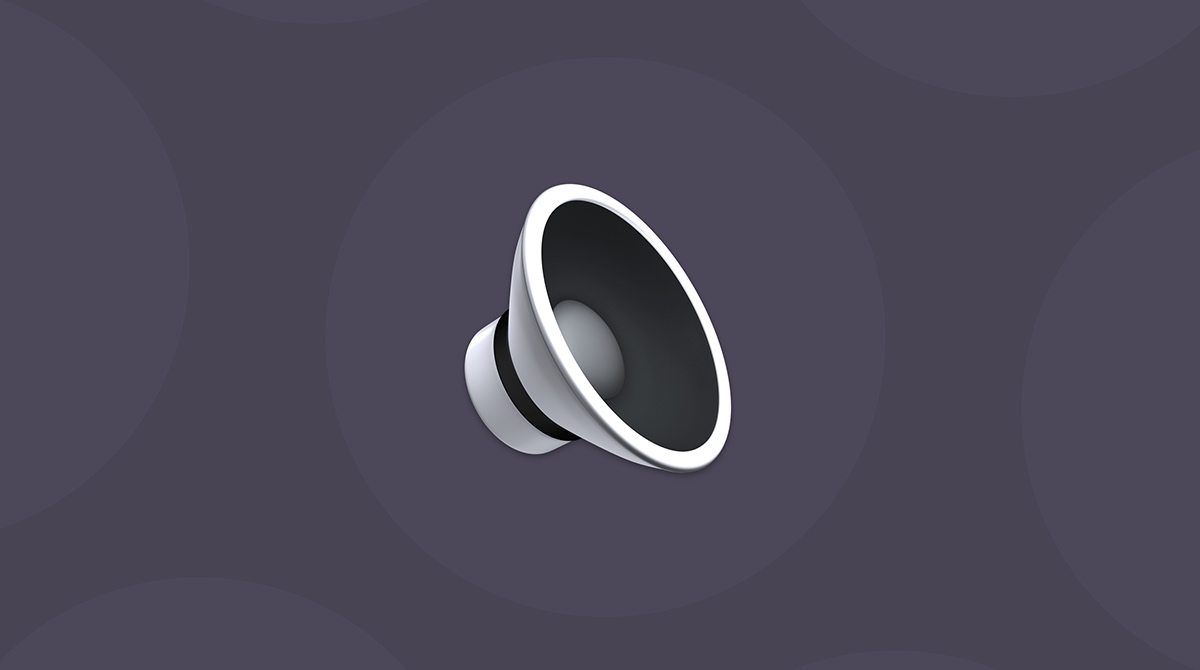
#Mac core audio gone update#
The new macOS Monterey update includes an Airplay to Mac feature that may interfere with the Bluetooth connectivity of your AirPods and other devices.
#Mac core audio gone how to#

When the external speakers you connected with Mac fails to work, you need to follow these methods to troubleshoot the problem: To fix it, you can keep your headphones plugged in, then click the Output tab to select the Internal Speakers. Your Mac likely has the Internal Microphone set as Sound Input and the headphones as Sound Output. On some occasions, your internal speakers don't work, but the headphones do?. This should put Internal Speakers back to the Output window. Now open System Preferences > Sound > Output, set the output device as the headphones, then pull out the headphones. If the Internal Speakers doesn't show up on Mac, plug a set of headphones into your Mac, play a song or any audio, then stop it. But users with the same problem have suggested a simple yet helpful trick to reset the Internal Speakers. It seems more worrying when there is no Internal Speakers option in the Output window. The coreaudiod process is now terminated, and you can test if the sound works now. Step 2: Enter the following command: sudo killall coreaudiod Step 1: launch Terminal from Launchpad > Other > Terminal. Resetting the Core Audio service can bring the false audio process into normal and thus a common fix to sound issues.
#Mac core audio gone pro#
Fix 3: Kill Core Audioīesides not producing sound, many MacBook Pro users also complained about the speaker's poor audio quality and cracking or buzzing sound at times. Suppose it fails to do the job you can follow Fix 3 to reset the sound controller on your MacBook. Resetting NVAM will restore audio, time, keyboard preferences to default settings, which should solve the MacBook speakers not working problem. Step 4: Try to play any audio to see if the sound is back. Step 3: Continue holding down the four keys until you hear the startup chime twice or the Apple logo appears and disappears for the second time. Step 2: Turn on your Mac and immediately press and hold Command + Option + P + R. Step 1: Press the power button to turn off your Mac and remove all peripherals. By resetting it, you can fix audio issues such as no sound or locked volume. NVRAM (Non-Volatile Random Access Memory) controls sound and volume settings on your Mac. If this doesn't solve your case, move on to fix 2. To do this, click the Apple logo > Shut down to power off your Mac, wait a few seconds, then restart it again. The easiest solution to sound issues on Mac is to clear your Mac's memory and start fresh.

MacBook Pro users with no sound or crackling sound problems have positive feedback towards the following 4 fixes. However, if you are using headphones or earphones, the output should be set to the external device.Īlso, make sure the volume isn't turned down, and the box next to Mute isn't ticked.įix MacBook Internal Speakers Not Working If you are using Mac's internal speakers, the selected device should be the built-in Internal Speakers. Regardless of internal or external speakers, the first thing you should do is click the Apple logo in the top-left corner and choose System Preferences > Sound > Output.



 0 kommentar(er)
0 kommentar(er)
